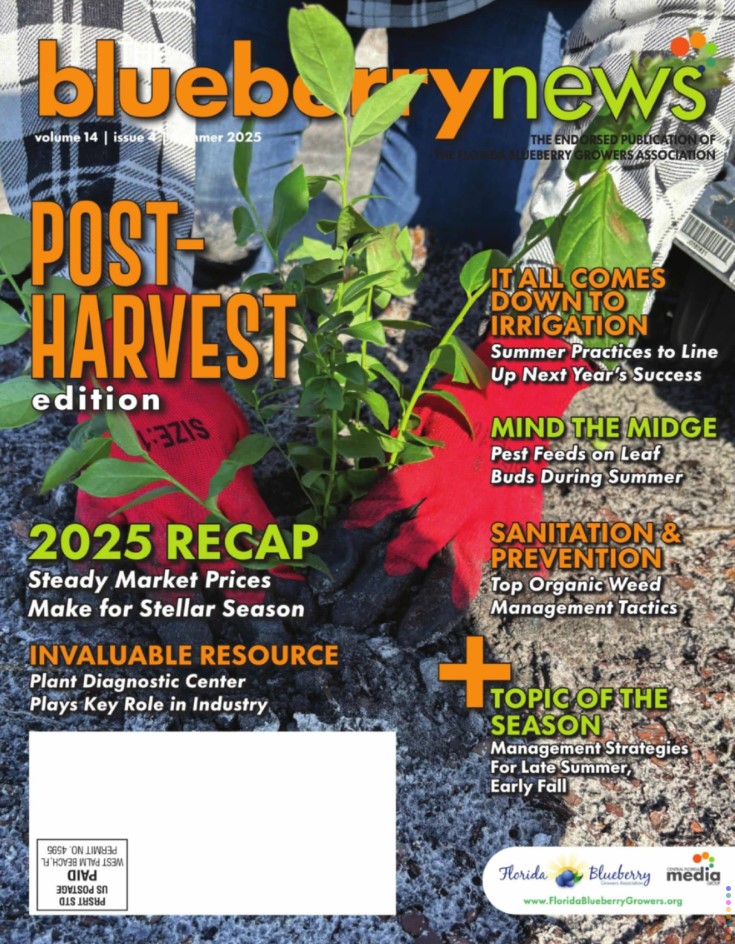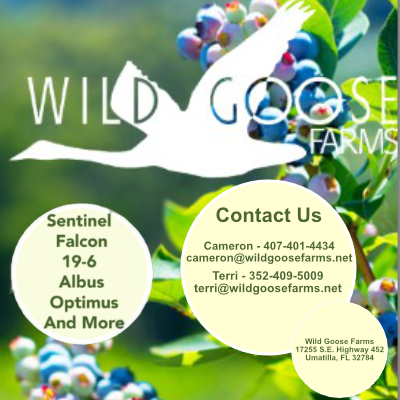Travis Kuhn is the Chief Operating officer of the H&A family of companies. He is responsible for all farming, packing, and agritourism activities. Travis is a graduate of the Food and Resource Economics program at the University of Florida. Following graduation, he took on a role as a Market Analyst for a leading international berry marketer and quickly moved into the Blueberry Commodity Manager role, building the program from 1.5 million pounds to 14 million pounds in less than three years. Desiring to learn production agriculture, Travis took on a role as Business Development Manager for a Central Florida farm engaged in blueberry, citrus, and hay production as well as blueberry packing. There he developed horticultural programs, managed the packing house, and improved the processes and procedures for all operating segments. He has served with the Produce Marketing Association Pack Career Pathways program as a four-year panelist, on the Florida Blueberry Growers Association Board of Directors, as a guest lecturer for the Institute of Food and Agricultural Sciences grower programs and is a member of Florida Fruit and Vegetable Association’s Emerging Leaders Development Program Class 6.







